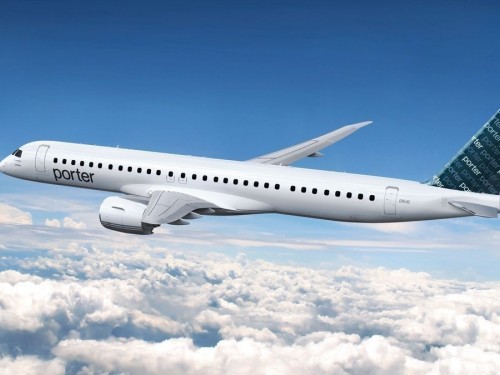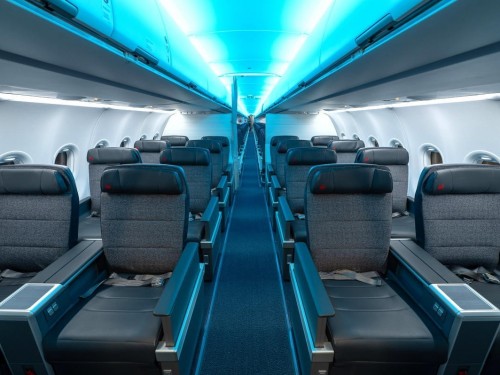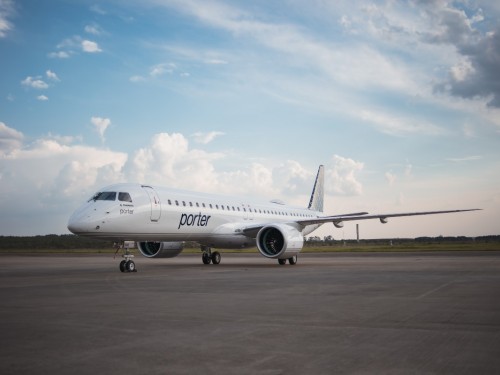Ethiopian Airlines crash: new clues reveal possible cause
- Air
- 03-18-2019 10:14 am
- Christine Hogg
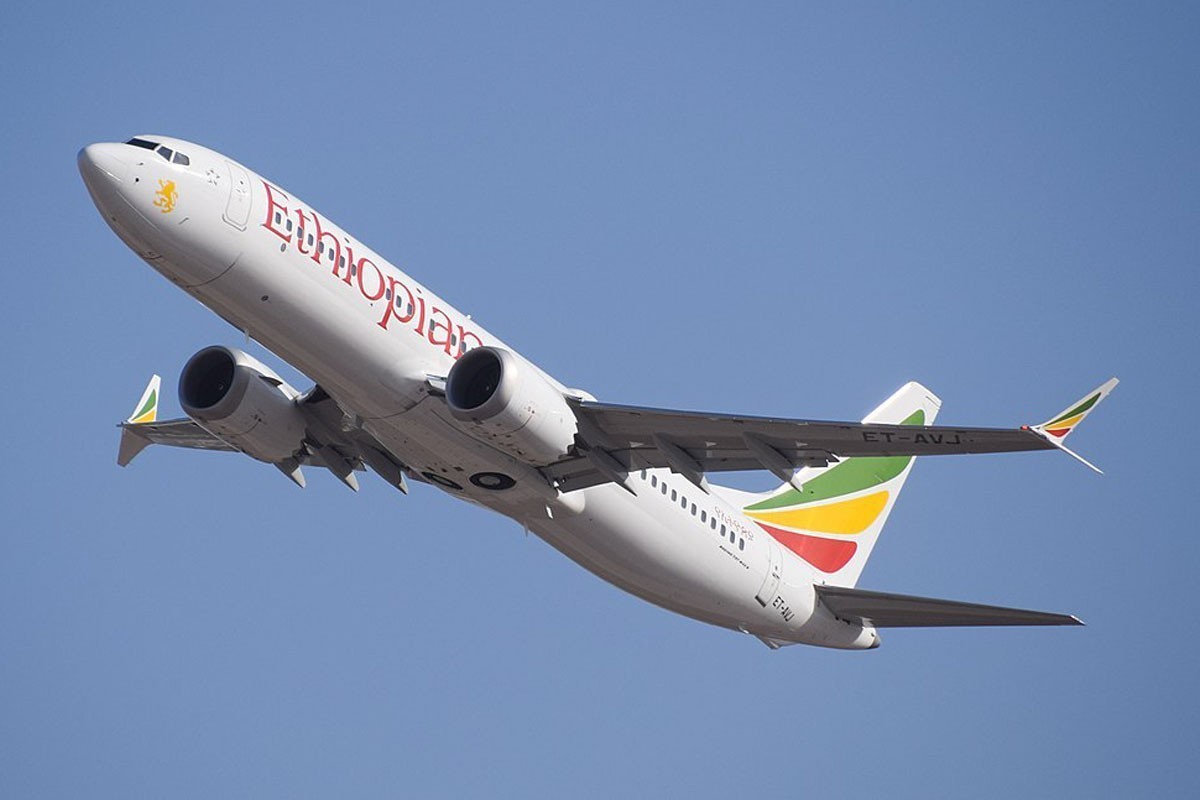

Christine Hogg
Christine Hogg is the Associate Digital Editor at PAX Global Media. Prior to joining PAX, she obtained her Honours BA in Journalism from the University of Toronto. Upon graduating, she went on to write for several travel publications while travelling the world. Her longest trip was a three-week stint in Europe, and the shortest was a 16-hour adventure in Iceland. Get in touch: christine@paxglobalmedia.com.
New clues have emerged that provide a possible explanation into what brought down Ethiopian Airlines' flight ET 302.
READ MORE: Eighteen Canadians killed on Ethiopian Airlines flight ET302
The plane was heading to Nairobi, Kenya on Mar. 10th before it tragically crashed just six minutes after it took off from Addis Ababa, killing 149 passengers and eight crew, totalling 157 fatalities.
According to reports, the air traffic controller heard voices saying that the fated Boeing 737 MAX 8 was travelling at unusually high speeds after take-off.
Africa News reports that "a voice from the cockpit requested to decrease altitudes, and then the pilot, who sounded very scared mentioned a flight control problem." At that point, the pilot reportedly attempted to make a right turn, heading back to the Addis Ababa airport.
Suddenly, the plane simply vanished off the radar.
Black box evidence links Lion Air crash
The black boxes from ET 302 are currently being analyzed in Paris. There, several discoveries have been made.
Evidence that was recovered from the site of the crash has shown similarities between Flight ET 302 and last October's Lion Air crash aboard Flight JT 610.
READ MORE: Transport Canada orders grounding of all Boeing 737 MAX 8s, MAX 9s
The Ethiopian Airlines tragedy this month marked the second incident involving brand-new Boeing 737 MAX 8 crashing just minutes after take-off in the last five months; back in late October 2018, Lion Air flight JT 610, operated by Lion Air and heading to Depati Amir airport in Pangkal Pinang, lost contact just 13 minutes after taking off and crashed into the sea, killing all on board.
Both aircraft were specifically intended for short-haul use.
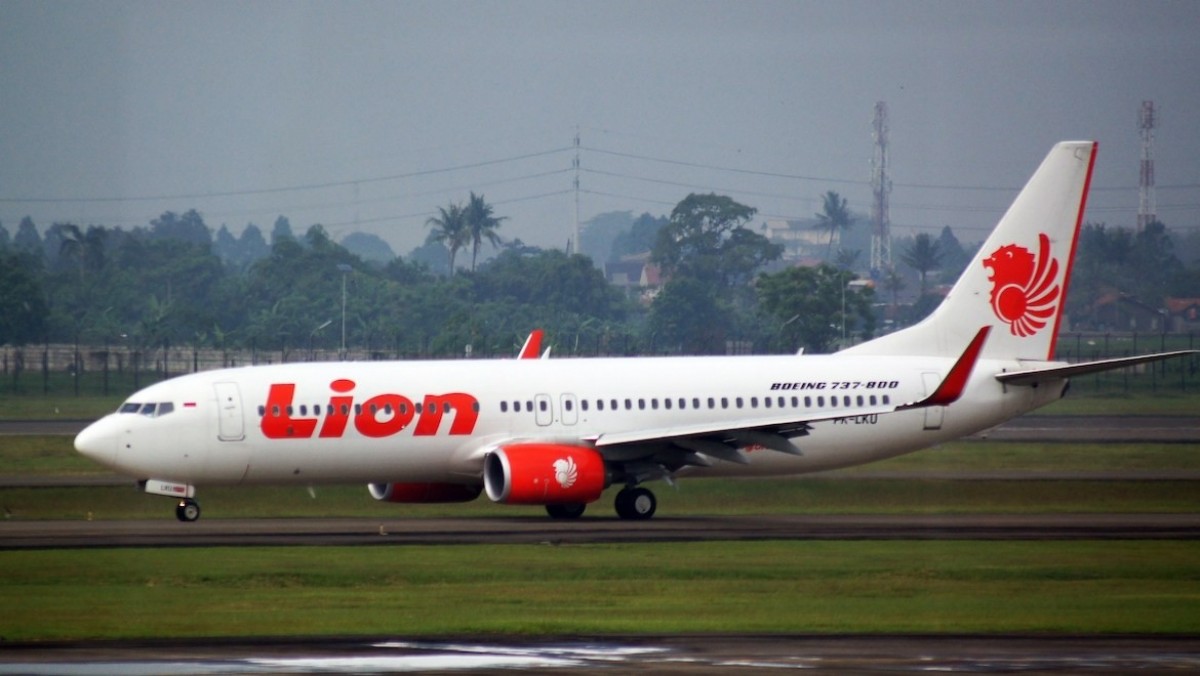
CTV News reports that Ethiopian Minister of Transport, Dagmawit Moges, said that investigators have recovered all relevant flight data and that there are "clear similarities... between Ethiopian Airlines Flight ET 302 and Indonesian Lion Air Flight JT 610."
The culprit
No details were revealed on what those "similarities" could be, but the investigation is ongoing and updates will continue.
In the case of the Lion Air crash, investigators suspect that a faulty angle of attack sensor on the outside of the plane sent incorrect data, ultimately forcing automated flight software - called the Maneuvering Characteristics Augmentation System, or MCAS - to kick into overdrive, which eventually forced the plane's nose down.
MCAS is a kind of safety system intended to keep a plane from stalling once airborne.
READ MORE: What travel agents are saying about the Boeing crisis
Yesterday (March 17), Boeing announced that it was finalizing a previously-announced software update and pilot training revision that will address the MCAS flight control law's behaviour in response to erroneous sensor inputs.
"Boeing continues to support the investigation, and is working with the authorities to evaluate new information as it becomes available," the company said in a statement.
Don't miss a single travel story: subscribe to PAX today!
